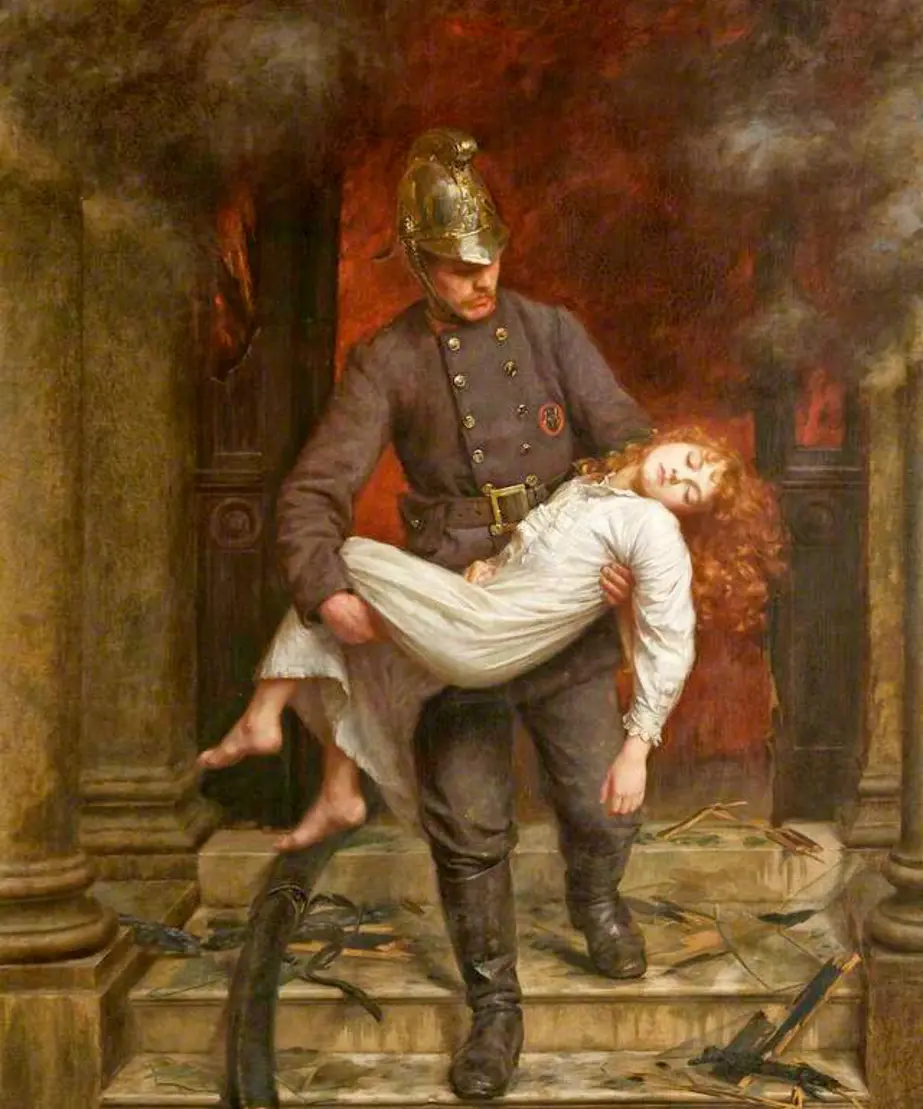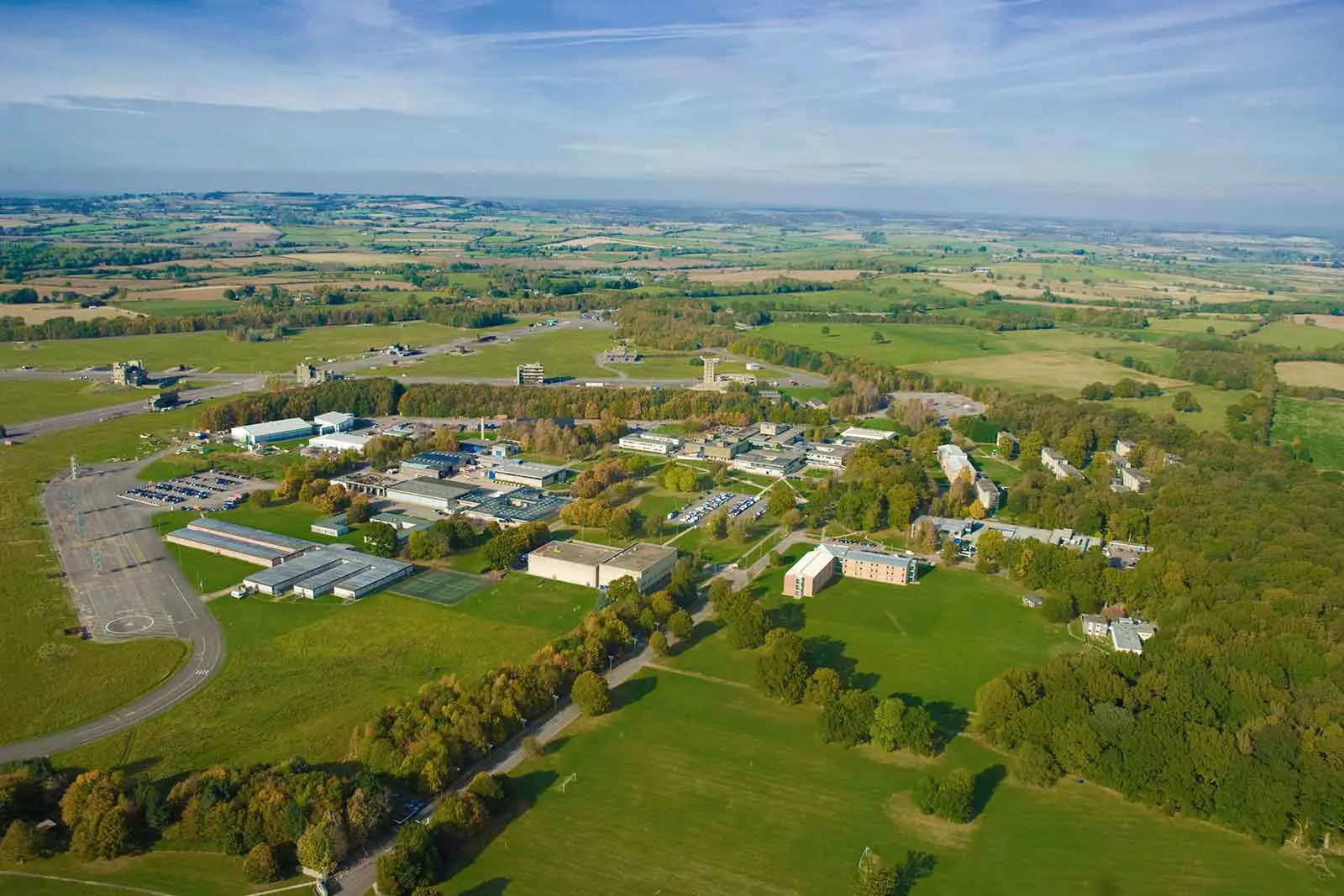A living symbol of firefighter history
As well as its world class facilities and incident training ground, the College is also home to a collection of fire service artefacts, including books, paintings and vintage appliances. It’s a great place to visit to get a true flavour of firefighting in days gone by.
Fire art collection
The College houses an impressive collection of art work, including the famous painting, 'Saved' by Charles Vigor. This painting, from around 1890 is widely accepted as the world’s best-known example of ‘fire art’. ‘Saved’ can now be viewed in Reception at the College.
When you next visit the College, take a moment to look at the sculpture at the entrance to the Reception. This depicts a phoenix, the mythological bird that can be reborn from its own ashes. The sculpture is best viewed at sunset when an image of the phoenix can be seen through the reflection of light on the folds of steel.








